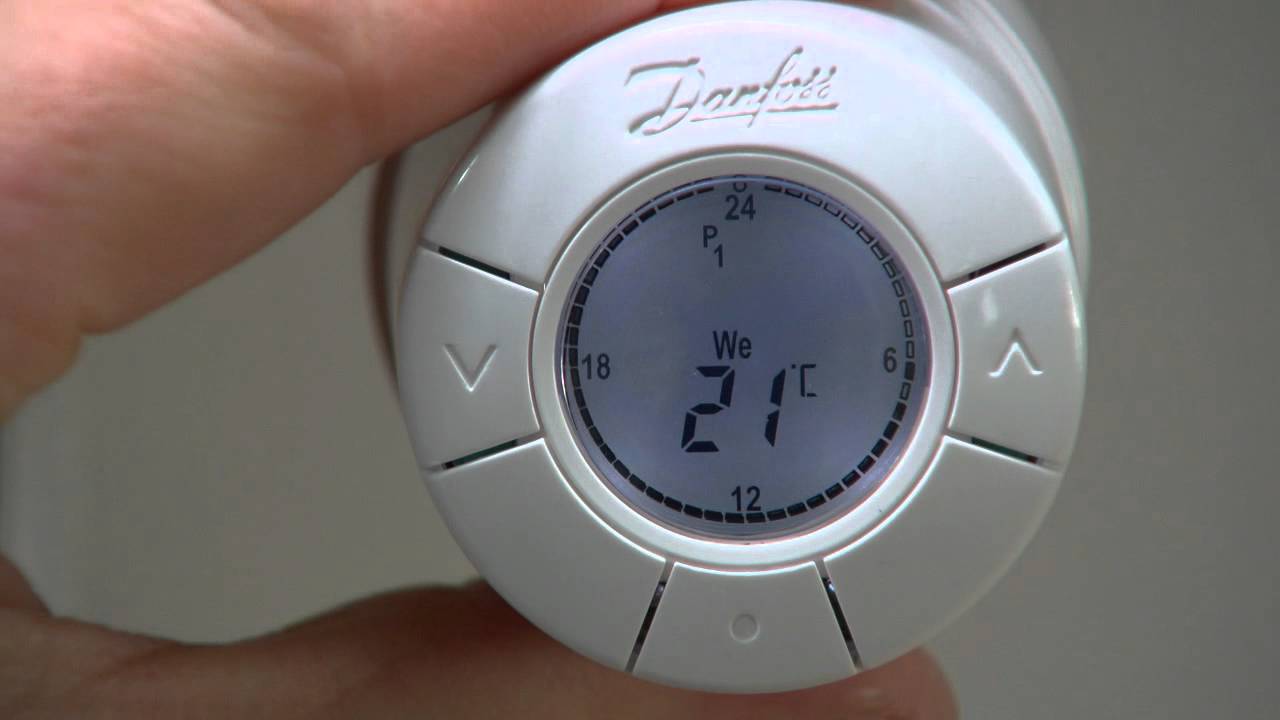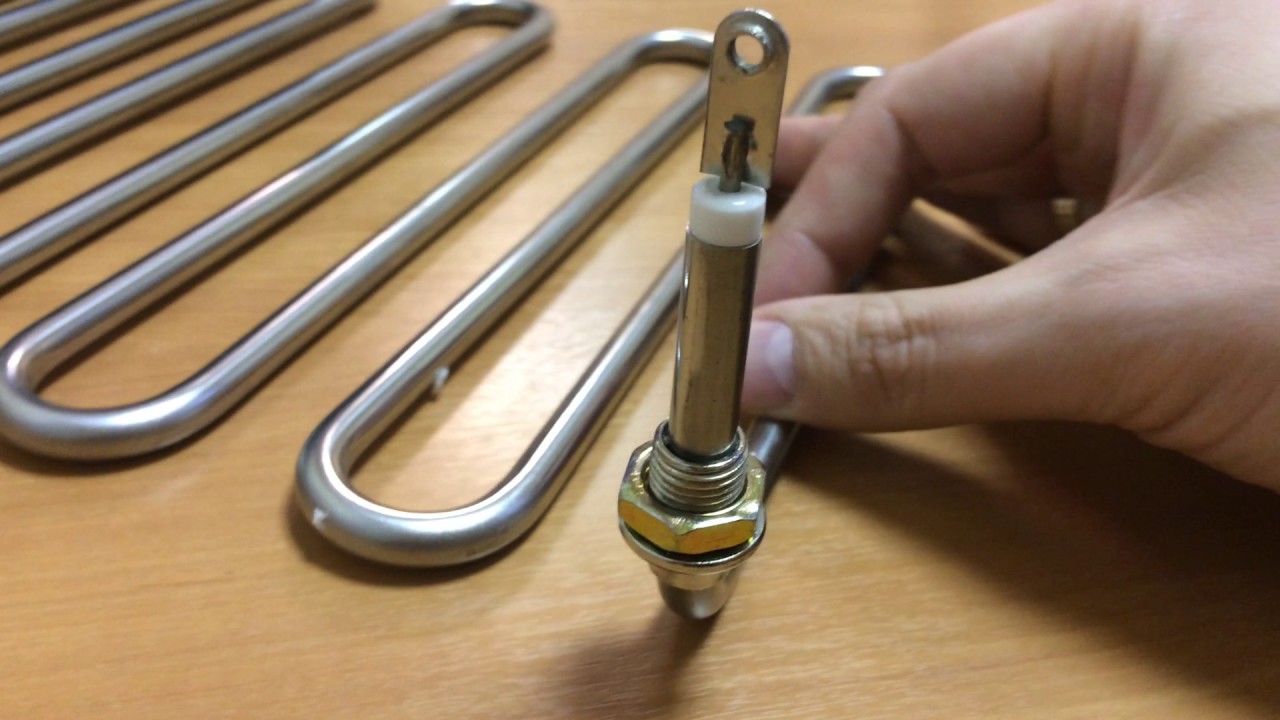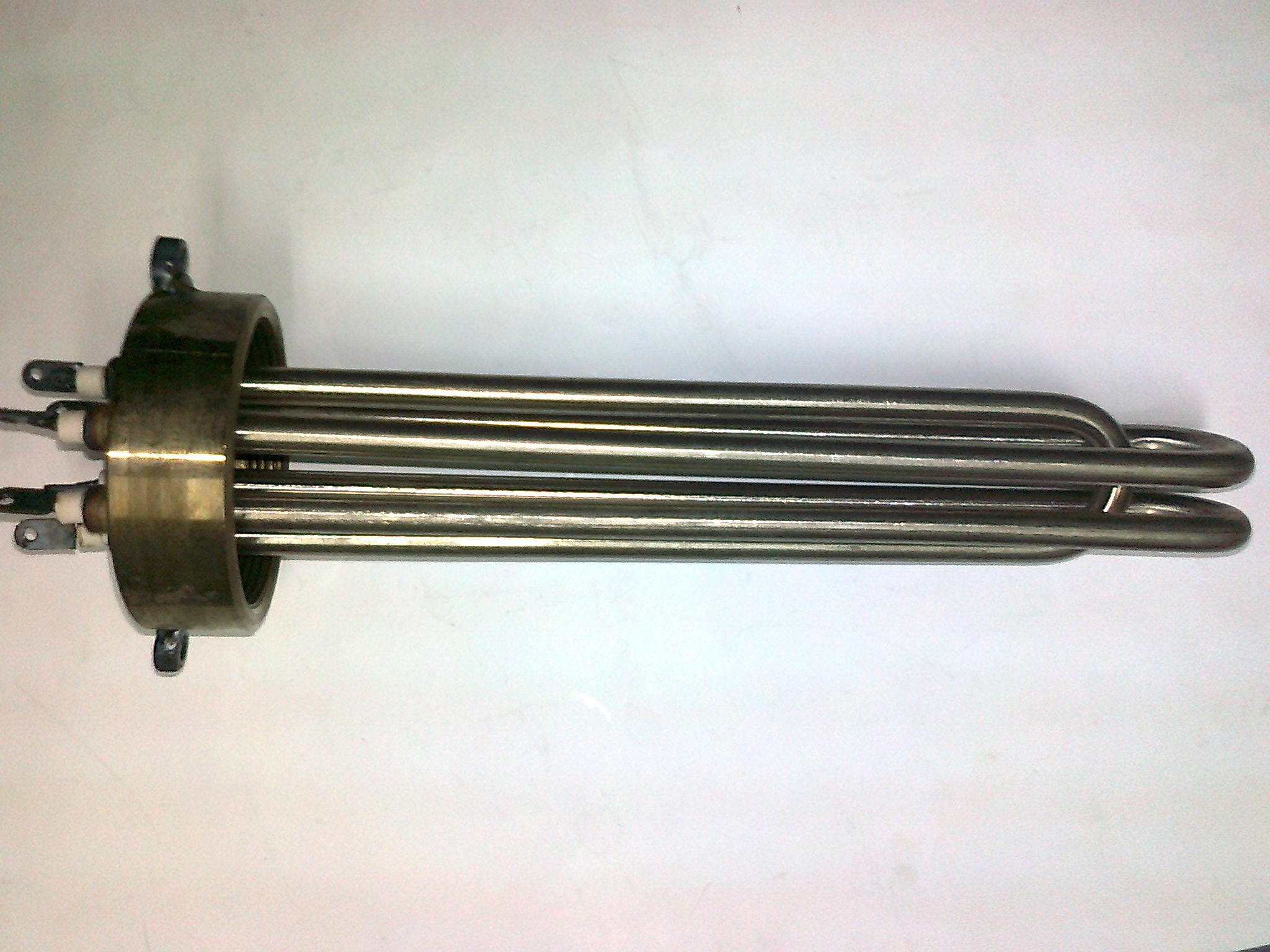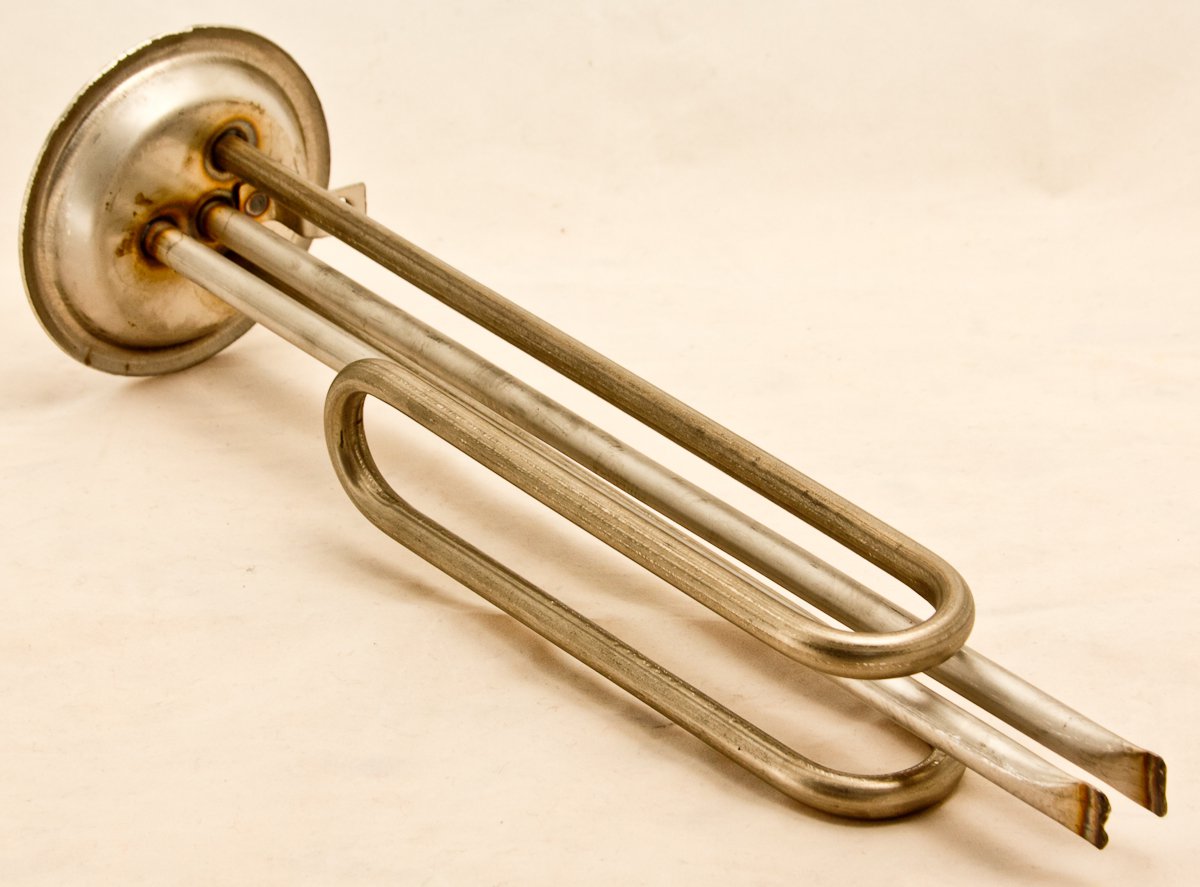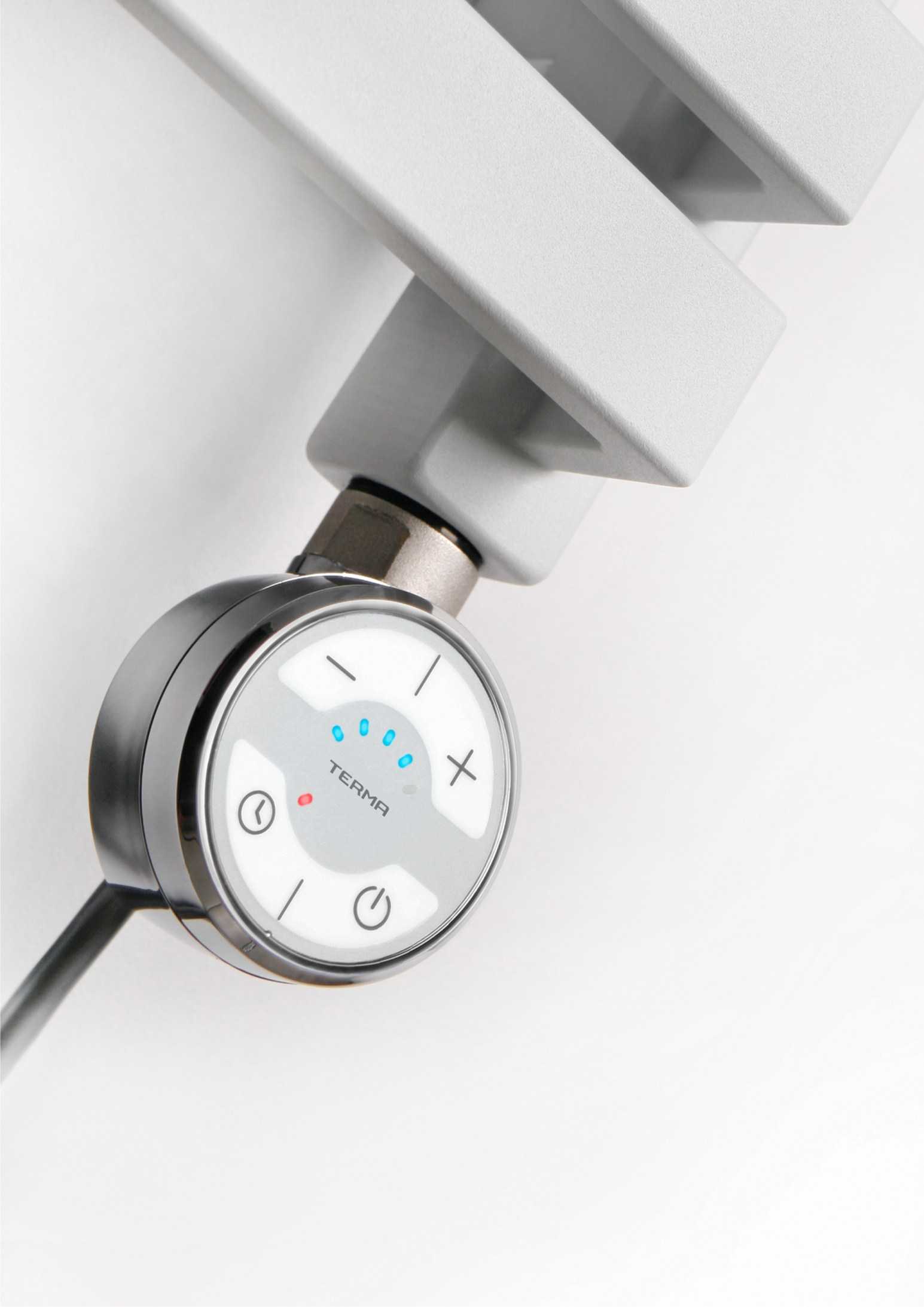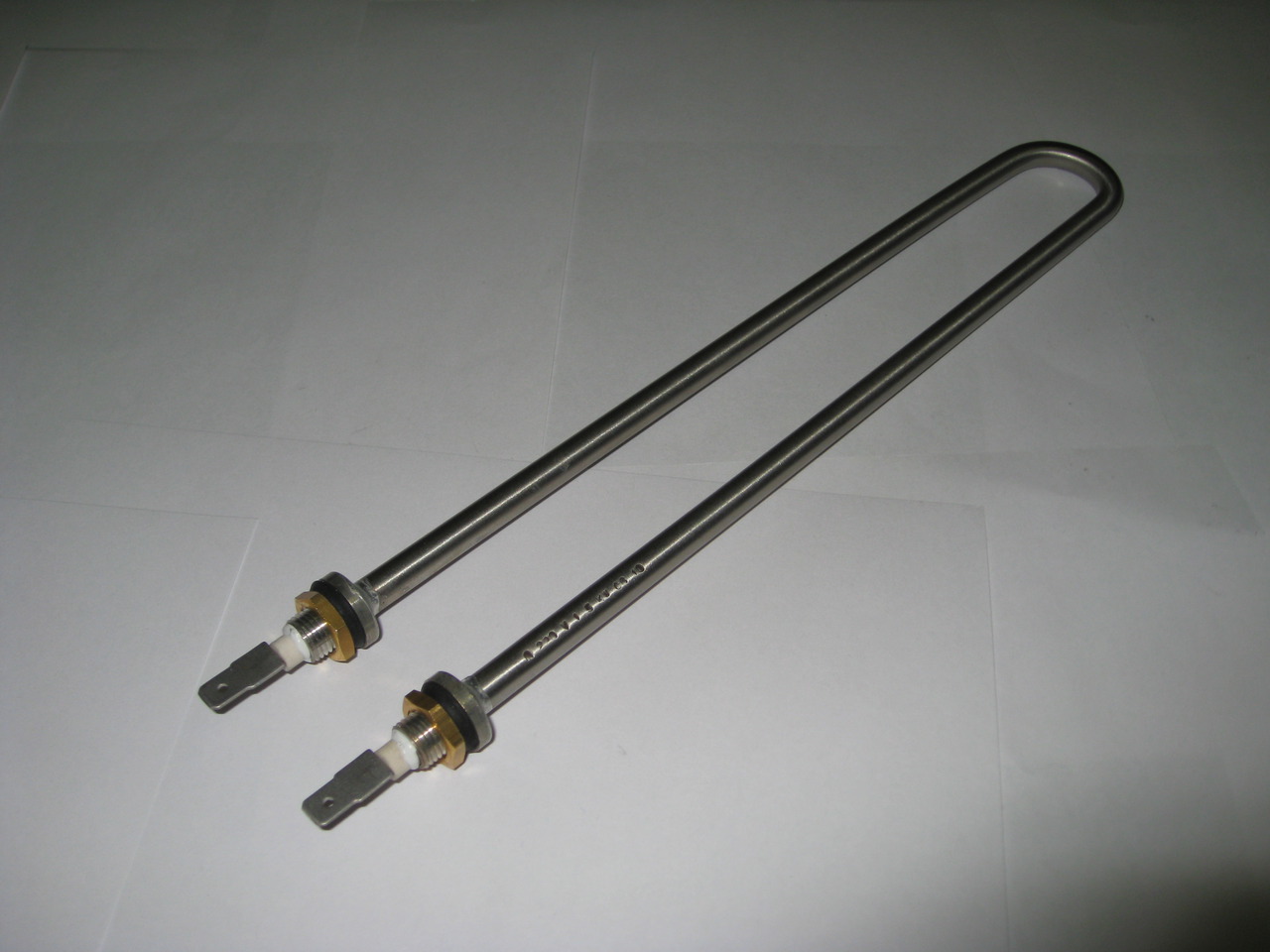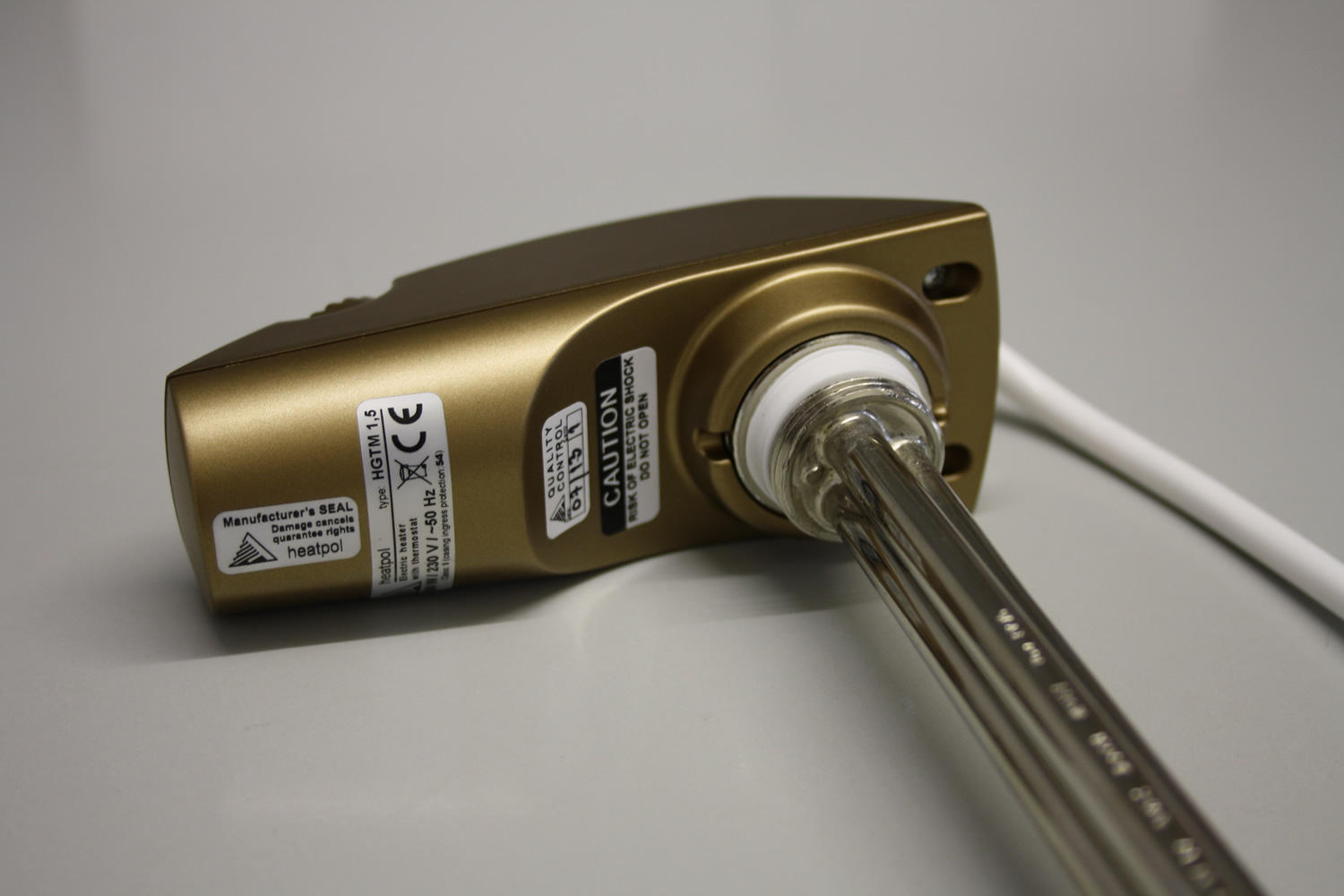Tena for heating: comfortable heat all year round
Content
Each owner of a private house seeks to maintain a constant comfortable temperature in his home. A private house is usually heated either by a wood-burning stove, or a gas boiler, or their varieties. It is unprofitable to heat a house with electricity, this is the most expensive form of heating a house, but you can use it as a backup source of heat. For this purpose, heating elements are ideally suited for heating.
What is a heating element for heating?
Electric heating elements are heating elements that are placed in a liquid inside the radiator. They heat the liquid: water, oil or a special tool circulating through the heating system. Passing through the pipes, the heated liquid gives off heat to the environment and returns back to the heating element. They can be installed in water heating radiators, infrared heaters, or in heating boilers. They produce heating elements of various types and modifications. In all of them, the heating element is reliably protected from water ingress and is additionally covered with a galvanizing layer. All these measures are used to prevent accidental electric shock.
Advantages of using heating elements for heating
Despite the fact that electricity is the most expensive type of heating, there are a number of undeniable advantages in the use of heating elements for heating:
- equipment of an autonomous heating system in the absence of access to gas or solid fuel;
- the possibility of heating automation when using heating elements with temperature controllers;
- absence of harmful emissions to the environment or humans;
- the small size of the devices allows you to install them almost everywhere;
- a huge selection of models for any conditions of use;
- simple and inexpensive installation of equipment.
Also, the use of electric heating avoids such dangerous moments as accidents caused by explosions of domestic gas or carbon monoxide poisoning when using wood-burning stoves.
Types of heating elements
Manufacturers produce two types of heating elements. They differ in the method of manufacture and application:
- Tubular. This is the most common type of heating elements that are used in almost all electric heating appliances. They differ in tube length, diameter and configuration. Tubular heating elements are usually made of stainless steel.
- Tubular finned tubes look like tubes with transverse ribs. Used to heat air or gas in heaters such as heat guns or convectors.
Also from electric heaters it is possible to assemble a block - TENB. The block is used to increase the power of the device.
Other types of tubular electric heaters are not used for domestic heating.
TENY for heating with a temperature regulator
Almost all electric water heaters are equipped with temperature regulators - kettles, boilers, titans, radiators. Such TENs are made of nickel-chrome wire. It is placed inside a stainless steel or carbon steel tube and filled with magnesium oxide powder.It is a good current insulator, and at the same time has high thermal conductivity. When choosing a heating element with a temperature controller, you need to pay attention to the following points:
- the material of which the tube is made - copper or acid-resistant stainless steel;
- possibility of use in water and alkaline solutions. Such devices are marked with the letter P;
- when choosing a device, the possibilities of wiring should be calculated. For a very powerful heater, you will have to lay a separate cable from the shield.
You also need to study the location of the temperature sensor. It should be easily removable if it becomes necessary to change it.
Heating elements for heating radiators
In radiators - cast-iron or aluminum batteries - TENs are installed to stabilize the temperature during periods of shutdown of the centralized heat supply or for additional heating of the room. Such heating at night can be quite beneficial if a two-tariff electricity meter is installed in the house.
Heating elements for radiators have a thin flange and a narrow heating element. They are equipped with a special casing that prevents water from entering. A capillary thermostat helps regulate heating, and two temperature sensors protect the product from overheating. Many models of modern heating elements are equipped with convenient and necessary functions: “Turbo” - for quick heating of the room and “Anti-freezing” - to prevent defrosting of the heating system. This function is intended for long-term maintenance of temperature not lower than +10 degrees.
Installing the heating element in the radiator is easy. It is necessary to remove the plug from the bottom flange and screw the heater into this hole. Then you should install the thermostat and connect the device to the network with grounding. The installation of heating elements in a centralized water heating system has many advantages:
- protects the system from freezing in cases of emergency shutdown;
- allows you to accurately adjust the temperature in the room;
- economically consumes electricity due to impulse operation;
- low price with a large selection of models.
TENY for heating boilers
The heater can be installed in an electric or combined heating boiler. In the electric boiler, the heating element is the only source of heat, in the combined main fuel, solid fuel - firewood, coal, briquettes.
The heating element in the solid fuel boiler plays an auxiliary role, maintaining the temperature in the absence of fuel. It is very convenient to use such boilers in cottages and country houses when there is no need to constantly maintain a comfortable temperature in the house.
The boiler can be constantly switched on in the mode of maintaining the minimum temperature, preventing the heating system from defrosting. The boiler switches from solid fuel to electric heating automatically when a certain temperature is reached. Installation of a combined boiler requires safety precautions. So, the boiler should be installed in a separate room with good ventilation. Since the boiler is heavy, it needs to be installed on a solid concrete base. The room must have a chimney with good draft.
Advantages and disadvantages of using boilers with heating elements
Solid fuel heating boilers with heating elements have several advantages:
- the boiler is economical when burning solid fuel;
- the transition to heating by heating elements occurs automatically and the temperature does not drop to critical values;
- the desired temperature is easily programmed and does not overheat the room, respectively, save money;
- the boiler has a long service life due to the constant maintenance of the optimum temperature without sudden changes;
- TEN is easy to replace in case of breakage.
You also need to know the disadvantages of such boilers:
- the device cannot be installed in an ordinary apartment building in the absence of a separate chimney;
- it needs a separate room;
- for the operation of the heater, a three-phase current connection is needed;
- the appliance needs regular maintenance.
As we can see, the disadvantages are relatively relative and are not critical for installing equipment in a private house.
Buying and installing a boiler or a radiator with a heating element in your home will be a convenient and advantageous help for optimally maintaining a comfortable temperature in the home.

